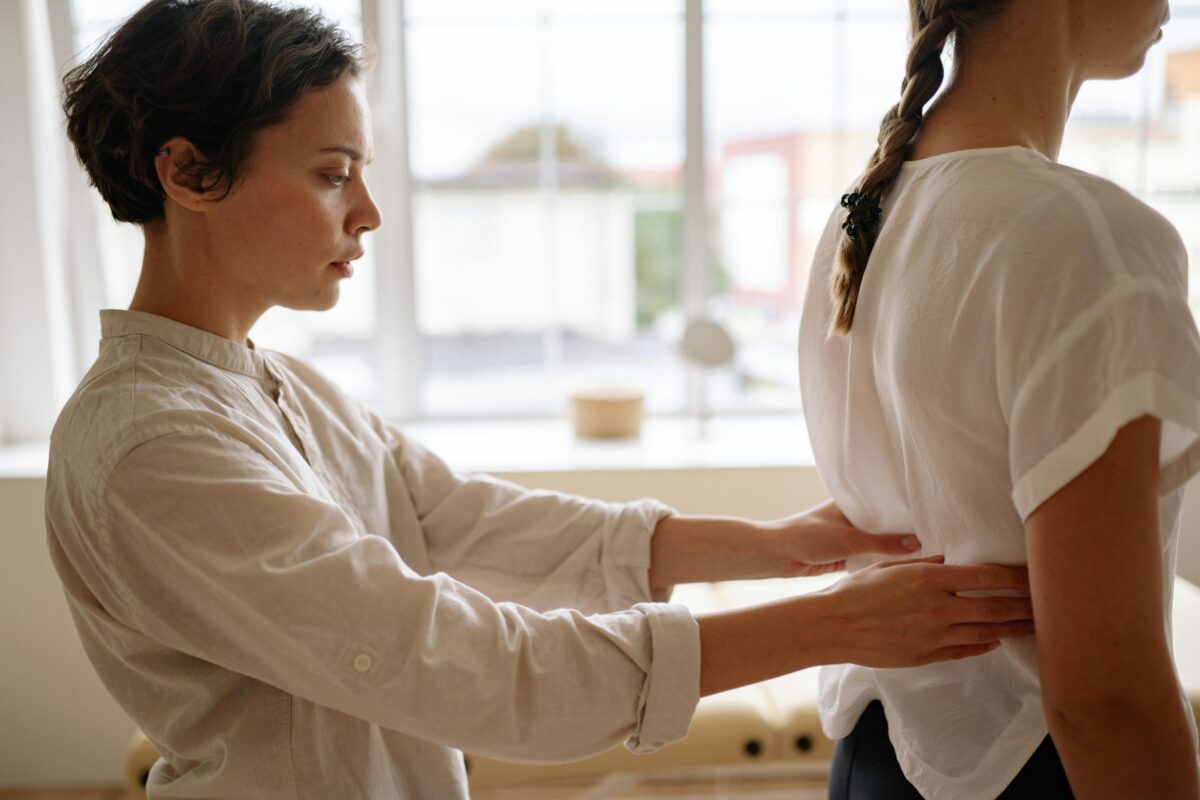Fitness
Improve Your Posture and Gait for Overall Health
Improve Your Posture and Gait for Overall Health
By Lynette Laufenberg, CPT
Is bad posture a function of aging? Although most people think so, it is not a given. Simply paying attention to posture will help ensure you maintain the correct anatomical position. People almost always notice good posture and ignore bad posture. Benefits of proper posture include:
- Physical
- Pain reduction in back, neck, and shoulders
- Improved energy through increased circulation and breathing (up to 30%) due to opening the chest cavity, allowing more oxygen to enter your lungs and brain
- Reduces muscle strain and muscle aches through proper alignment for bones and ligaments
- Look taller and thinner!
- Mental
- Confidence boost-long reaching implications on your own mood and happiness, as well as how others relate to you
- Productivity increases-I’m in charge and I feel good to go! The brain looks to the face and body to understand how you feel
- Happiness-studies show that by simply sitting or standing up taller one reduces the number of negative thoughts going on in the brain, as well as invoking feelings of happiness and ease
How can I improve my posture on a day-to-day basis? Be mindful! That is simply paying attention. You can’t fix the problem if you aren’t even aware of the problem. Strengthen the antagonist muscles and stretch the agonist muscles. This will help pull the body into the proper position and balance out the forces in the body to promote a pain free posture.
What is gait and how does it affect my posture? The gait cycle is basically how you walk. Walking biomechanics are very important for balance, posture, and mobility. One leg moves forward and accepts the body’s weight. The weight-bearing leg straightens and travels behind the body. Then the non-weight-bearing leg swings forward and repeats the cycle. Our arms swing in one direction while the torso rotates in the other direction, helping to propel and coordinate the lower body. The joints involved include the feet, ankles, knees, hips, lower back, shoulders, and neck. All three planes of movement are involved: Sagittal plane (forward and backward movements), Frontal plane (side-to-side movements), and Transverse plane (rotational movement). Improper gait causes compensation patterns to show up as deviations elsewhere in the body. Corrective exercises are available to address some of the most common flexibility and mobility issues that affect gait. Speak with a qualified personal trainer to address your own concerns.
Walking provides many physical and mental benefits, such as improving gait speed to improve functional health. Slower walking speeds are linked to frailty, functional dependence, mobility disability, cognitive decline, falls, and hospitalization. Brisk is better! Engage in a regular walking program for health and longevity today.
